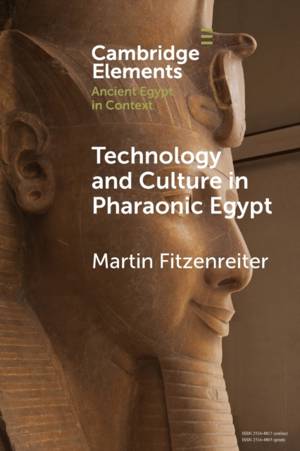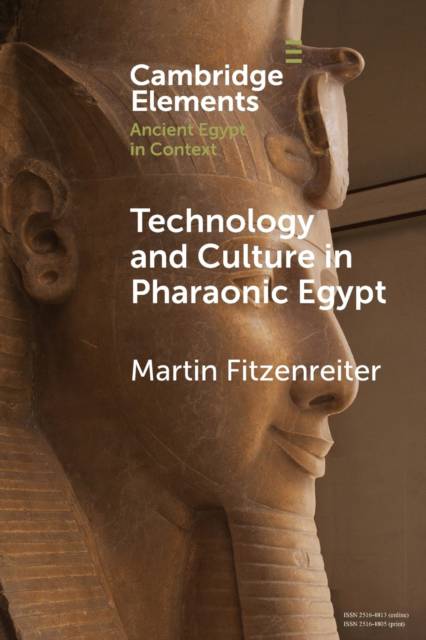
- Afhalen na 1 uur in een winkel met voorraad
- Gratis thuislevering in België vanaf € 30
- Ruim aanbod met 7 miljoen producten
- Afhalen na 1 uur in een winkel met voorraad
- Gratis thuislevering in België vanaf € 30
- Ruim aanbod met 7 miljoen producten
Zoeken
Technology and Culture in Pharaonic Egypt
Actor Network Theory and the Archaeology of Things and People
Martin Fitzenreiter
€ 31,95
+ 63 punten
Omschrijving
The inherent paradox of Egyptology is that the objective of its study - people living in Egypt in Pharaonic times - are never the direct object of its studies. Egyptology, as well as archaeology in general, approach ancient lives through material (and sometimes immaterial) remains. This Element explores how, through the interplay of things and people - of non-human actants and human actors - Pharaonic material culture is shaped. In turn, it asks how, through this interplay, Pharaonic culture as an epistemic entity is created: an epistemic entity which conserves and transmits even the lives and deaths of ancient people. Drawing upon aspects of Actor Network Theory, this Element introduces an approach to see technique as the interaction of people and things, and technology as the reflection of these networks of entanglement.
Specificaties
Betrokkenen
- Auteur(s):
- Uitgeverij:
Inhoud
- Aantal bladzijden:
- 75
- Taal:
- Engels
- Reeks:
Eigenschappen
- Productcode (EAN):
- 9781009074353
- Verschijningsdatum:
- 13/04/2023
- Uitvoering:
- Paperback
- Formaat:
- Trade paperback (VS)
- Afmetingen:
- 152 mm x 229 mm
- Gewicht:
- 136 g

Alleen bij Standaard Boekhandel
+ 63 punten op je klantenkaart van Standaard Boekhandel
Beoordelingen
We publiceren alleen reviews die voldoen aan de voorwaarden voor reviews. Bekijk onze voorwaarden voor reviews.











